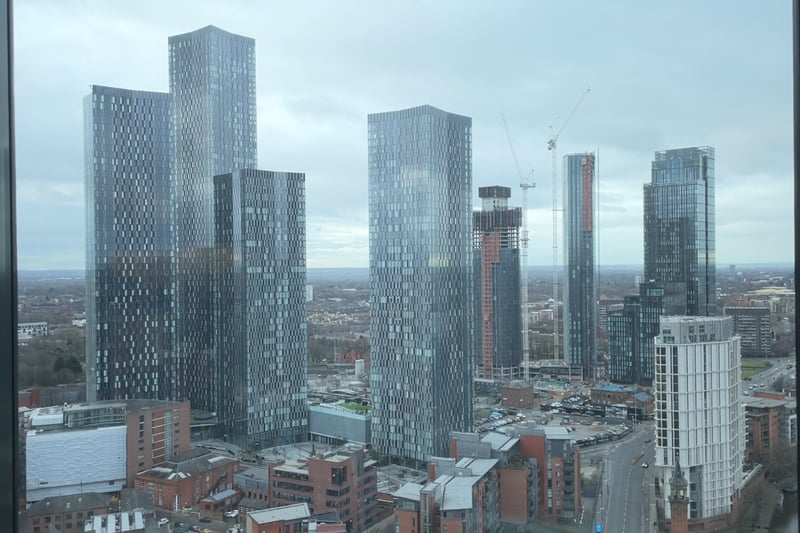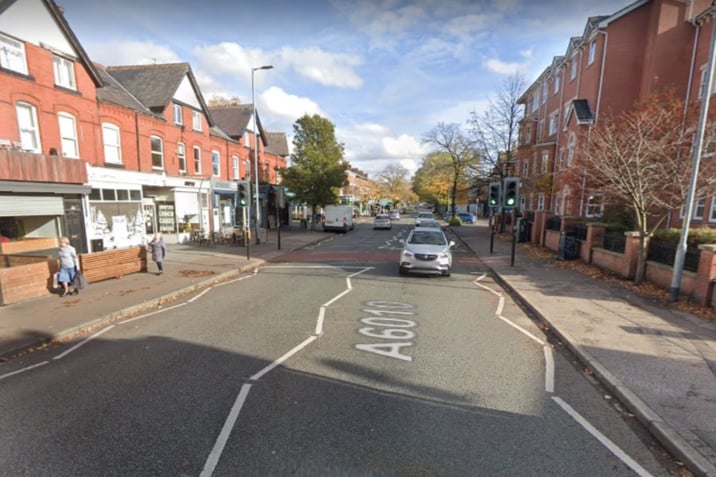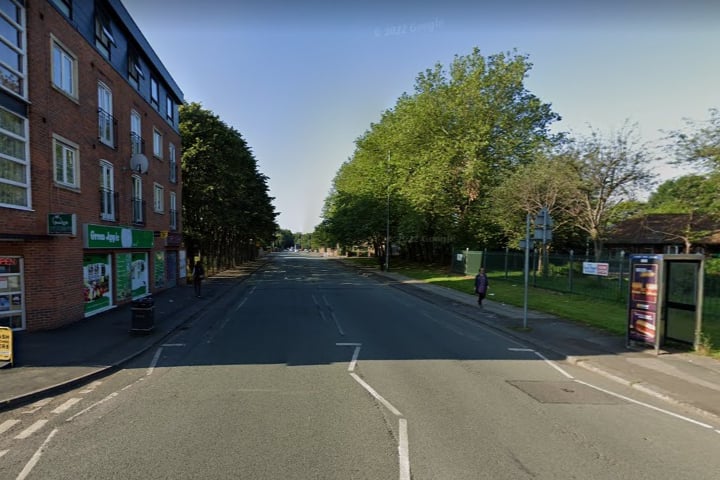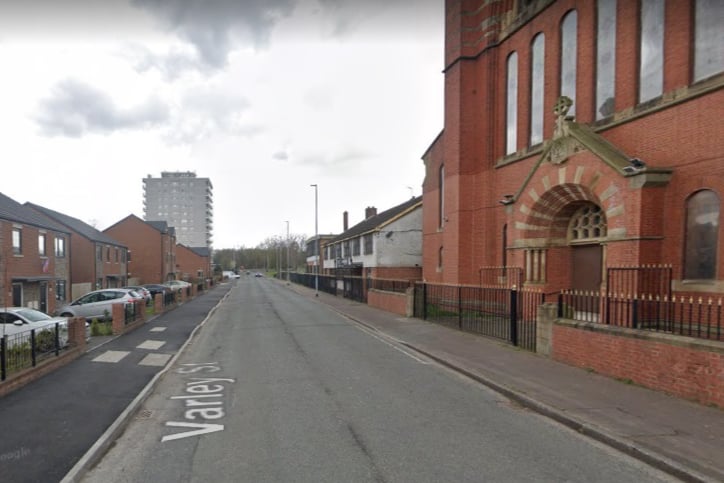Have you ever looked at a map of Manchester or the signposts throughout the city and wondered how some of the array of place names came to be so called?
If you have, then we’ve opened up the history books and taken a delve back into the past to find out how some of the places we see or visit regularly gained the names they have.
It’s a fascinating trip, opening up centuries of Mancunian history from the Latin words that remind us the Romans were here, to the Anglo-Saxon and medieval periods through to the Industrial Revolution which completely reshaped the map of the city and transformed it forever. It is also a reminder of these vast changes in Manchester, as many places which are now part of the city’s urban and suburban sprawl have names that hint at their much more rural and rustic past.
So, from Wythenshawe to Miles Platting and from Blackley to Ancoats (not forgetting Manchester itself of course) here are 11 places in the city and what their names mean.

1. Manchester
Starting with the city itself, Manchester is thought to come from the word “mamm”, referring to a breast-shaped hill, and “ceaster”, an Old English word for a fort coming from the Latin castra which was a fortified town. However, more recently it has been suggested the first part of the name actually comes from the Celtic “mamma”, referring to a river goddess. A Latin variation of the name, Mancunio, is probably behind why the city’s people are Mancunians. Photo: LTV Photo: LTV

2. Chorlton-cum-Hardy
Chorlton-cum-Hardy’s memorable full name derives from the 18th century when the Latin word cum, for with, was used to join the two hamlets of Chorlton and Hardy as one place. Chorlton probably means Ceolfrith’s farm or settlement from the Old English name and the word tūn for an enclosure, farmstead or village, while Hardy combines a person’s name with the word for an island or dry ground in a wet area in the language spoken by the Angles (as in the Anglo-Saxons). Photo: Google Maps Photo: Google Maps

3. Moss Side
Moss Side’s name is a reminder of how different parts of Manchester were before the development of the urban sprawl we see today. It is thought to take its name from a huge moss, or boggy area, which spread from Rusholme to Chorlton and was described as a rural areas as late as Elizabeth Gaskell’s novels written in the 1800s. Photo: Google Maps Photo: Google Maps

4. Miles Platting
Miles Platting first appeared on a map in the late 1700s and comes from the local word platting, which means a small bridge over a stream. It is Miles Platting because it is a mile from the city centre, measured from New Cross on Oldham Road. Photo: Google Maps Photo: Google Maps
